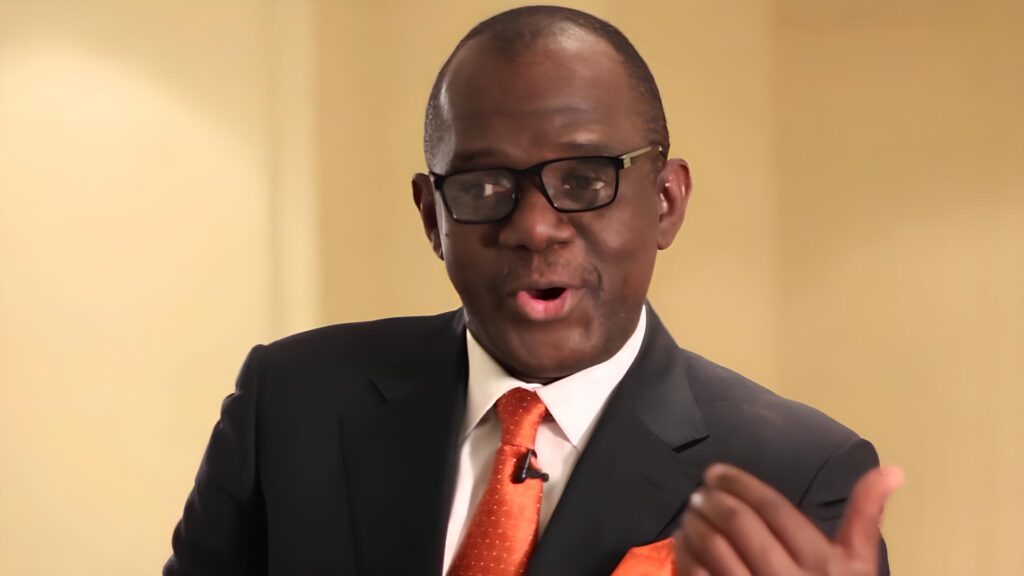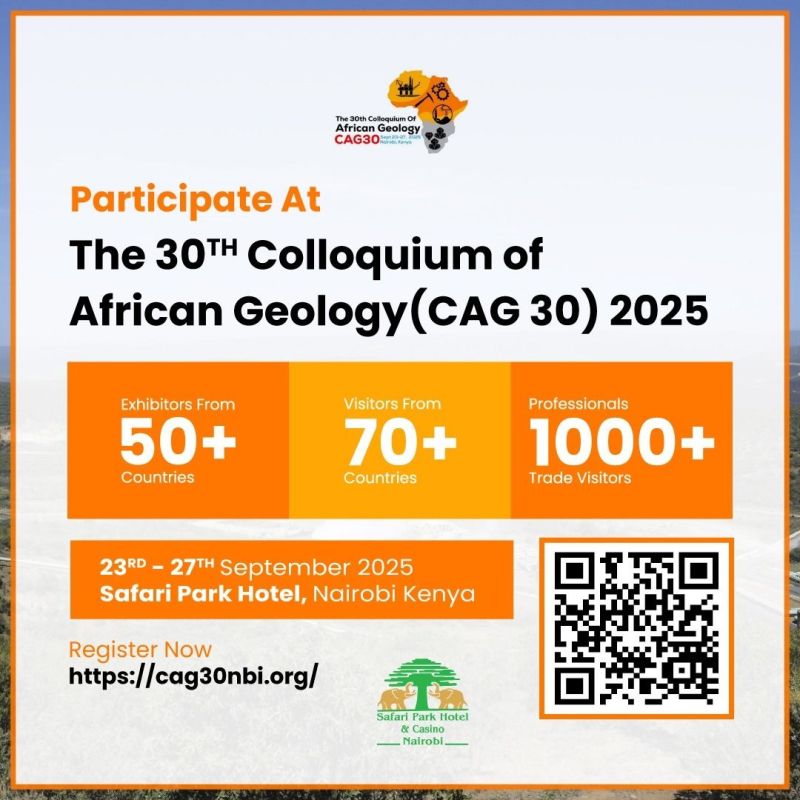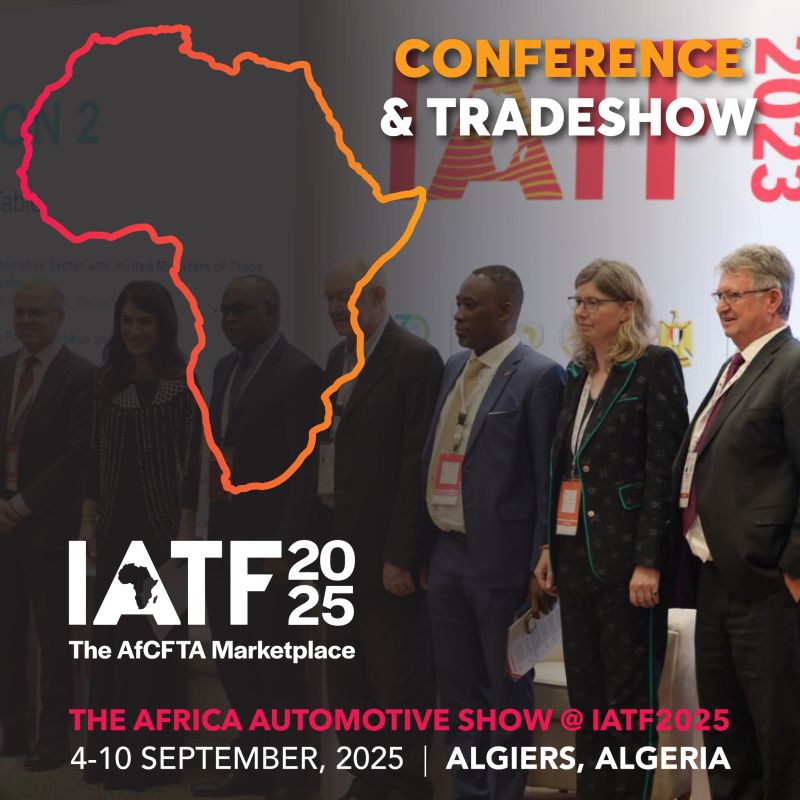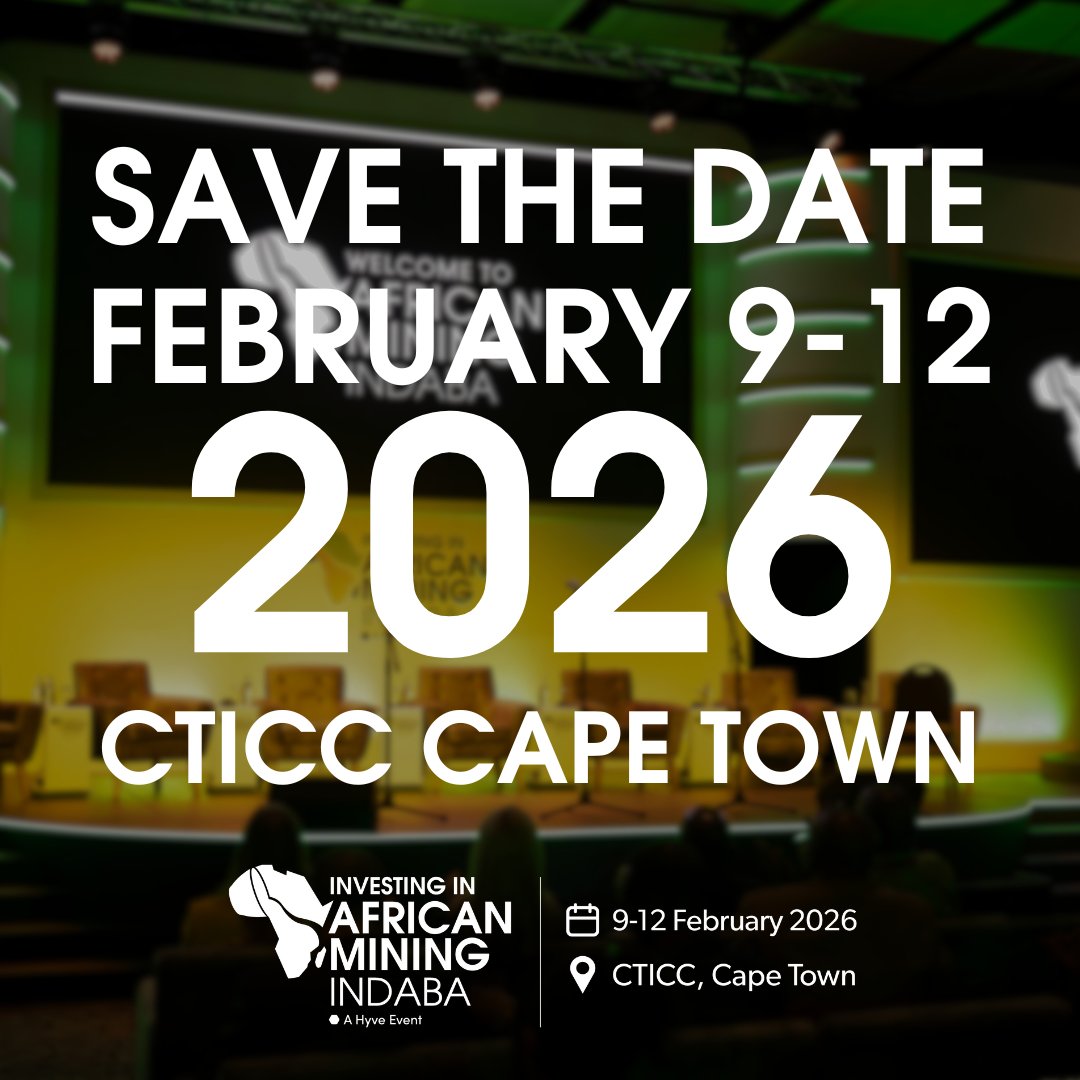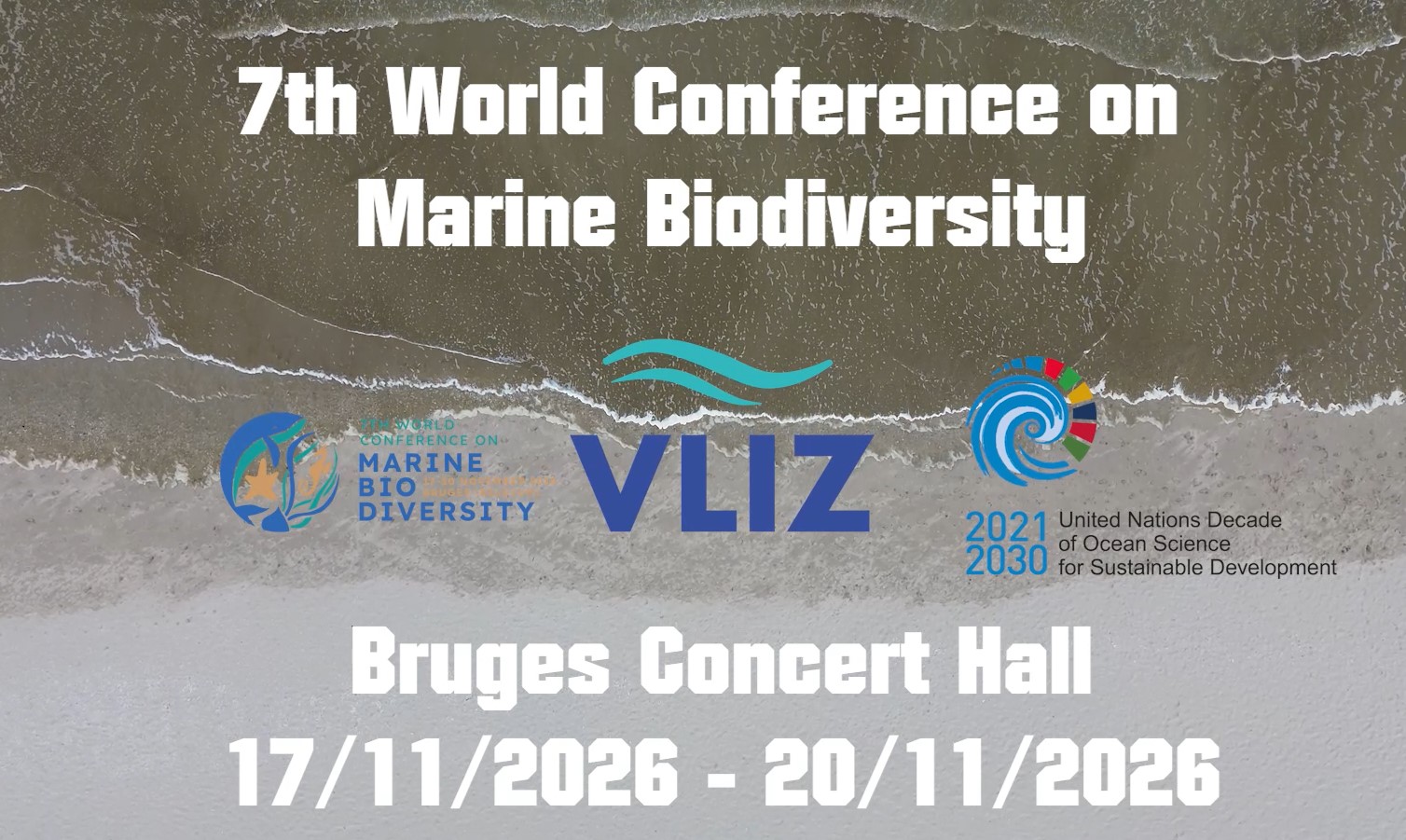As the global race for minerals intensifies, Africa stands at a critical crossroads. With the projected value of the global minerals market expected to rise from $325 billion in 2023 to an astonishing $770 billion by 2040, the continent’s wealth of untapped mineral resources positions it at the heart of the global energy transition. But according to the newly appointed President and CEO of the Regional Maritime Development Bank (RMDB), Mr. Adeniran Aderogba, without strategic reforms and decisive action, Africa risks missing this historic opportunity.
Speaking during a high-level panel at the African Development Bank’s Annual Meetings in Abidjan, Côte d’Ivoire, Aderogba delivered a frank assessment of Africa’s mining realities. His presentation, delivered under the theme “Mobilising Domestic Capital for Africa’s Mining Sector,” spotlighted the structural and financial constraints hampering the sector’s expansion and value creation.
“Africa’s mineral wealth is not in question; our challenge is transforming potential into productivity,” Aderogba asserted. “We are facing a systemic shortage of early-stage capital that discourages exploration, limits geological mapping, and stalls project preparation.”
Four Critical Bottlenecks
Aderogba identified four entrenched constraints undermining the growth of Africa’s mining industry:
- Shortage of Early-Stage Capital
Many local investors and financial institutions are hesitant to fund the risky and capital-intensive early phases of mining projects. This scarcity of funding creates a development vacuum, especially in exploration. - Lack of Reliable Geological Data
Without comprehensive geological surveys and mapping, the continent is flying blind. Inadequate data dissuades investors and increases project uncertainty. - Weak Project Development Pipelines
Even when deposits are discovered, the lack of skilled project development teams and institutional support stalls progress toward production and commercialization. - Inadequate Infrastructure
A chronic lack of integrated infrastructure—roads, ports, energy grids, and rail—prevents minerals from reaching global markets efficiently, limiting both competitiveness and profitability.
A Strategic Wake-Up Call
Africa holds immense reserves of minerals critical to the global clean energy transition. The continent is home to approximately:
- Two-thirds of the world’s cobalt
- 30% of global lithium
- 20% of graphite
- Over 30% of manganese
Copper, a vital component in electric vehicles, renewable energy systems, and electrical grids, is also abundant in African soil. Yet, despite these riches, many African countries remain marginal players in the global value chain due to these entrenched structural issues.
From Rhetoric to Results
Aderogba called for African governments and regional institutions to be more assertive in addressing the financial constraints facing the sector. He proposed several strategic solutions:
- Deploy credit enhancement tools such as guarantees and risk-sharing mechanisms to encourage early-stage investment.
- Introduce targeted fiscal incentives to attract both domestic and foreign investors into mining exploration and infrastructure.
- Support geological surveys to improve the quality and availability of data.
- Promote integrated infrastructure development through public-private partnerships that link mines to processing zones and export facilities.

A Shared Responsibility
The RMDB President emphasized that tackling these challenges cannot be left solely to the private sector. “Governments, central banks, development institutions, and financial regulators must collaborate to create a viable, transparent, and investor-friendly ecosystem,” he said.
He also urged African nations to prioritize local beneficiation and value addition, instead of continuing to export raw minerals with minimal local processing. “If Africa is to benefit meaningfully from the global shift to green energy, we must not only mine but also refine, process, and manufacture using our own resources,” Aderogba concluded.
Looking Ahead
With the energy transition accelerating demand for green and digital technologies, Africa’s mining potential has never been more relevant. But unlocking this future requires more than optimism—it demands reform, coordination, and investment.
As the global mineral economy approaches $770 billion, the question is not whether Africa has a seat at the table—it’s whether it’s ready to claim it. The RMDB’s call to action is clear: the time to tackle mining challenges is now.
Sidebar: Africa’s Critical Mineral Reserves at a Glance
- Cobalt – 66% of global reserves (mainly in the DRC)
- Lithium – 30% (notably in Zimbabwe, Namibia, Mali)
- Graphite – 20%
- Manganese – Over 30%
- Copper – Large reserves across Zambia and the DRC


